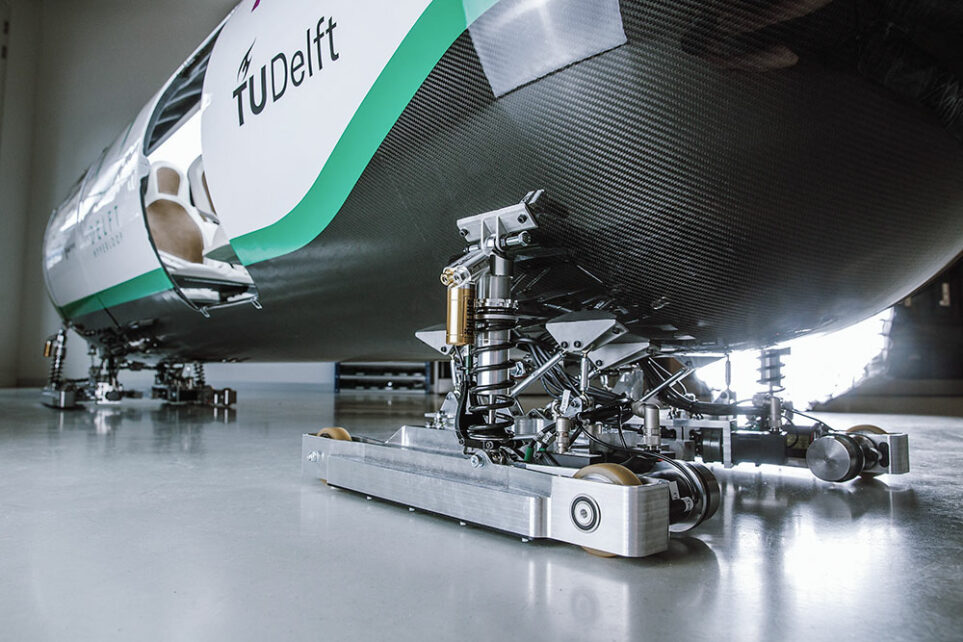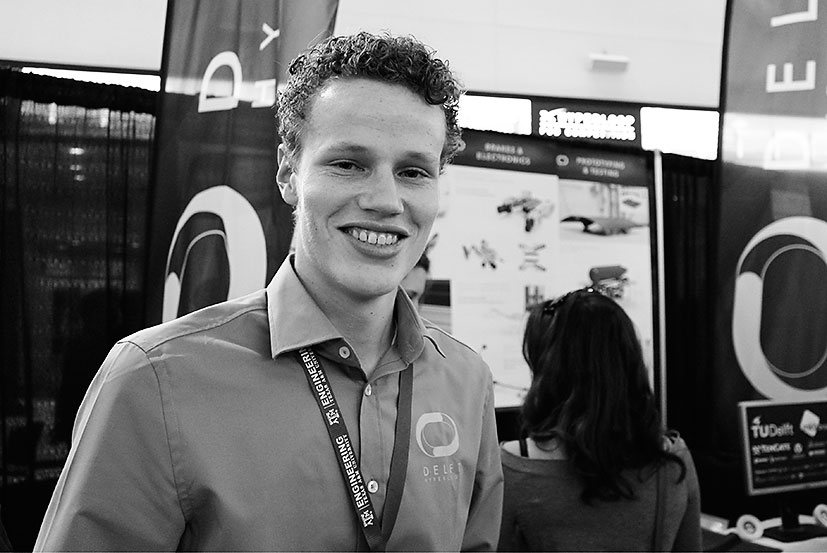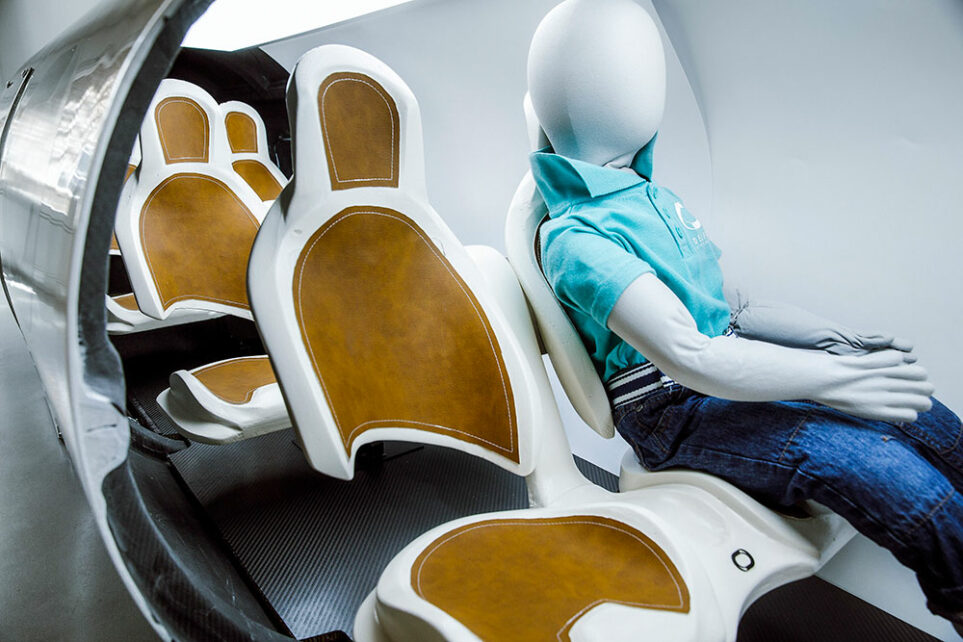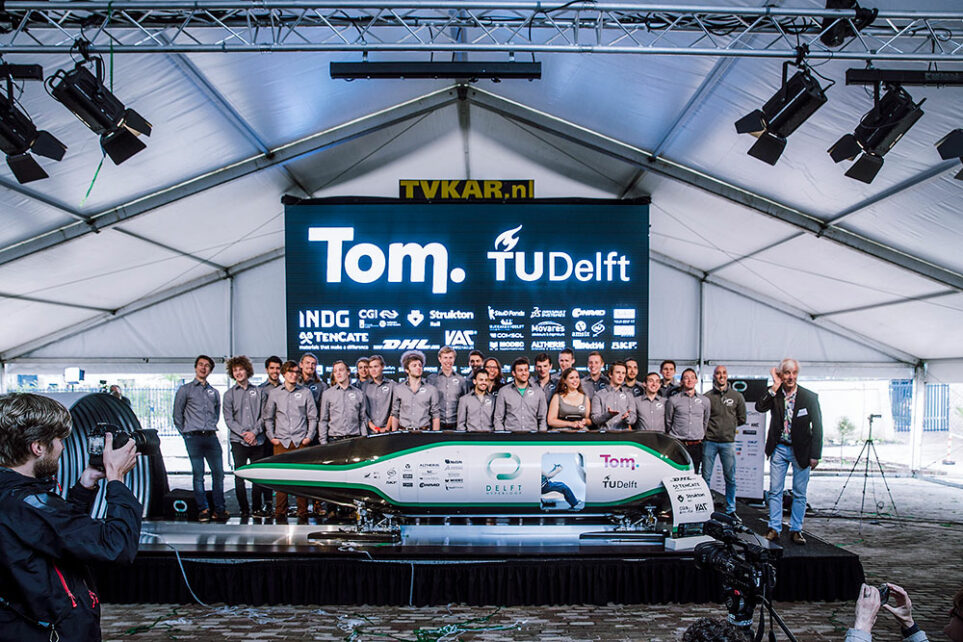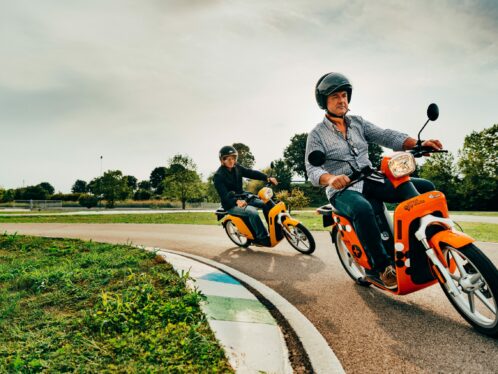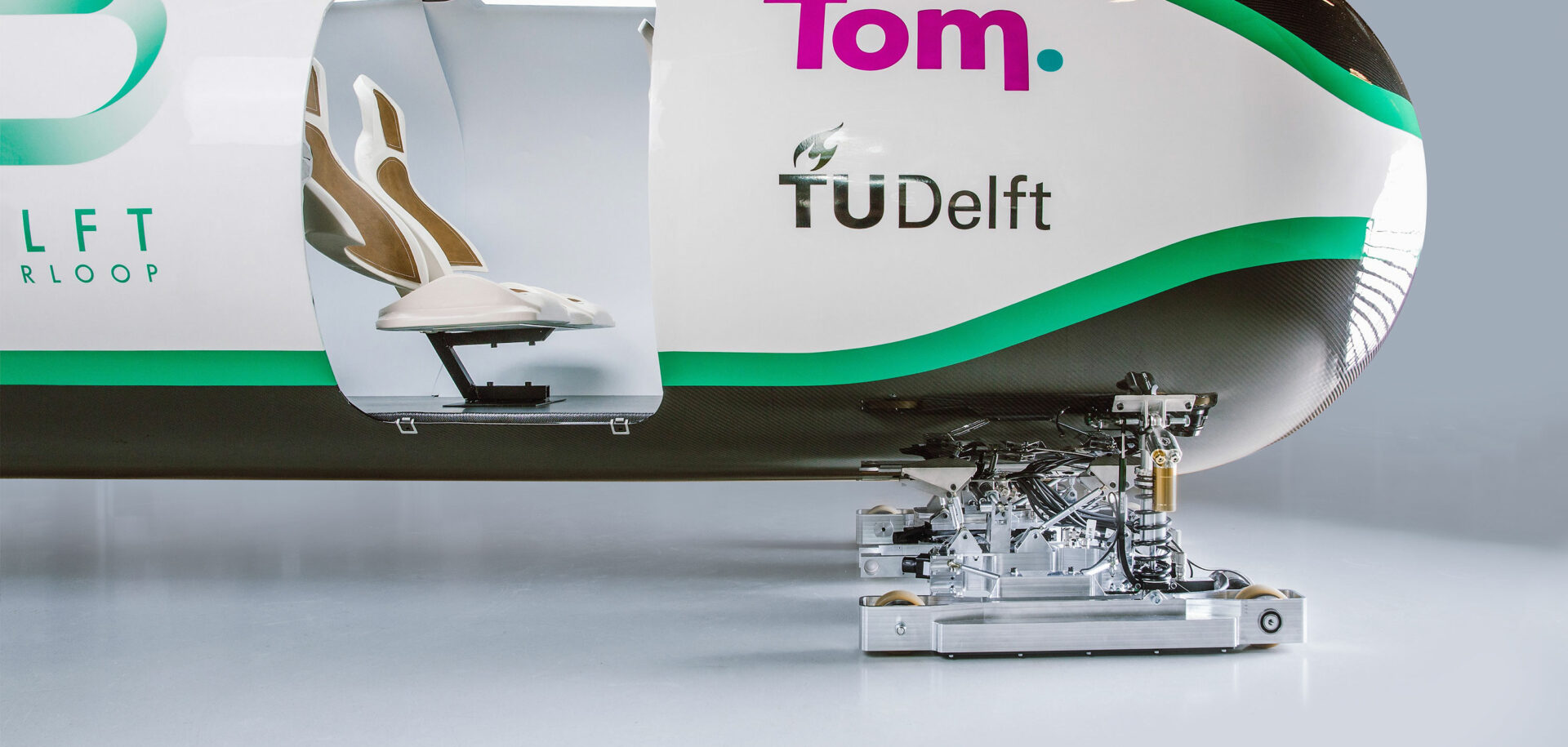
Fast track to the future
The Hyperloop transport concept, which iconic inventor and entrepreneur Elon Musk outlined in 2013, has prodded a lot of scientific minds to action. A team of students at Delft University of Technology in the Netherlands recently won the first competition to test its feasibility.
From the onset, we opted for a comprehensive approach.
Quint Houwink
Aerospace student and team member
In 2015, Musk announced he was too busy to work on the Hyperloop himself, and he invited the world to take it from there. To stimulate its development, he had a “test tube” built in California and organized a competition. From the preliminary rounds in Texas, which involved some 200 entries, 30 teams were selected for the finale, which was to be held at SpaceX’s headquarters in California in January 2017. Three of the teams were ultimately selected for the last run. One of them was the 34-member Delft Hyperloop team, comprising students from Delft University of Technology in the Netherlands.
A helping hand
The Delft University of Technology has a long tradition of participating in (and winning) competitions for lightweight electric racing cars and solar-powered vehicles. The ties between SKF and the student teams are equally longstanding and successful. So when some assistance was needed with the Hyperloop, SKF was glad to step in as a partner.
The Delft Hyperloop pod boasts some magnetic levitation and braking technology, which had to be tested at very high speeds. To simulate that, a horizontal aluminium disk was constructed. SKF offered technical expertise and parts for both the disk and the linear braking system on the pod.
Says Igor Dorrestijn, project manager at SKF Engineering and Research Centre in the Netherlands, “We support a lot of these kinds of initiatives, obviously hoping that the next generation of graduates will be eager to join us or use our products. We’re glad to support projects that transform students into well-rounded engineers.”
Aerospace student and team member Quint Houwink explains the team’s thinking. “From the onset, we opted for a comprehensive approach,” he says. “We studied not only the technicalities, but also the design, the economy and the scalability and sustainability issues. So we had students from all faculties taking part.”
While elaborating on Musk’s original idea, the team made some major alterations. They concluded that magnetic levitation would be a better option for a frictionless operation than Musk’s air cushion. They also developed the idea of a linear electric motor and came up with a revolutionary, inherently safe braking system that even recovers the energy used to speed up the pod.
In January, the team and their half-scale pod travelled to California where they competed against a German team from Munich and an American team from the Massachusetts Institute of Technology. Although the Germans had the fastest entry, the Dutch team eventually won the competition and took home the award for “best overall design and performance”.
The Delft Hyperloop team was disbanded after the competition, but its achievements have become the foundation of a commercial start-up enterprise, called Hardt. Four former members of the team have begun to redesign the pod and are currently attracting investors to make the Hyperloop a reality. In the meantime, preparations are under way in California for the next edition of the Hyperloop competition. The Delft University of Technology will certainly be there with a brand new team.


